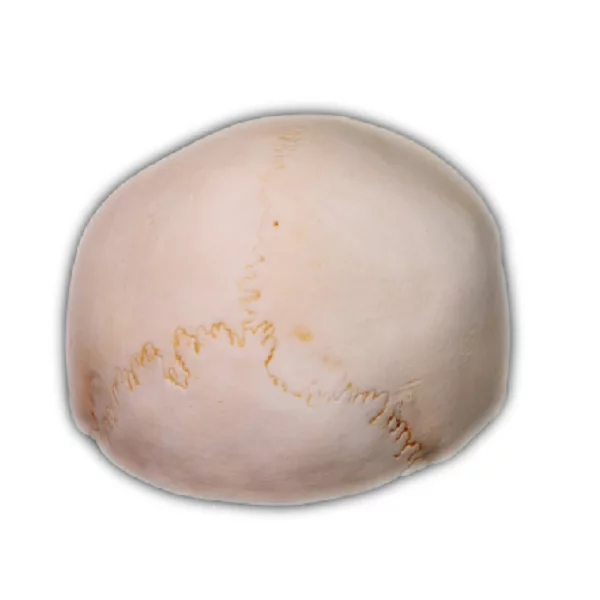
As a medical student, I understand the importance of effective study tools in mastering anatomy. In this article, we will explore some essential resources that can greatly enhance your understanding and retention of anatomical knowledge.
Anatomy Flashcards: Reinforcing Key Concepts
Flashcards are an invaluable tool for memorizing anatomical structures and their functions. By repeatedly reviewing flashcards, you can reinforce key concepts and improve your ability to recall information during exams or clinical practice.
In addition to traditional paper flashcards, there are also digital versions available as mobile apps or online platforms. These provide convenience and flexibility for studying anytime, anywhere.
DIGIHUMAN: A Revolutionary Learning Experience
DIGIHUMAN is a cutting-edge technology that offers an immersive virtual reality experience for studying human anatomy. With DIGIHUMAN, students can explore detailed 3D models of the human body from various angles and zoom levels.
This interactive tool allows users to dissect virtual cadavers without the limitations posed by real specimens. It provides a unique opportunity to visualize complex anatomical structures in a realistic manner, enhancing understanding and spatial awareness.
Virtual Medical Dissection Table: Realistic Hands-On Learning

The virtual medical dissection table is another remarkable innovation in anatomy education. This advanced device combines touch-sensitive screens with high-resolution imaging technology to create an interactive learning environment.
Students can manipulate digital representations of organs and tissues using their hands or specialized stylus pens. The ability to rotate, slice through layers, and examine different systems enhances the learning experience by simulating real-life dissections without the need for physical specimens.
In Conclusion
anatomy study tools play a crucial role in medical education, enabling students to grasp complex anatomical concepts more effectively. Whether it’s through the use of flashcards for reinforcement, DIGIHUMAN for immersive virtual reality experiences, or the virtual medical dissection table for hands-on learning, these tools provide invaluable resources that enhance understanding and retention.
By incorporating these study tools into your anatomy studies, you can optimize your learning experience and excel in this fundamental aspect of medical education.

